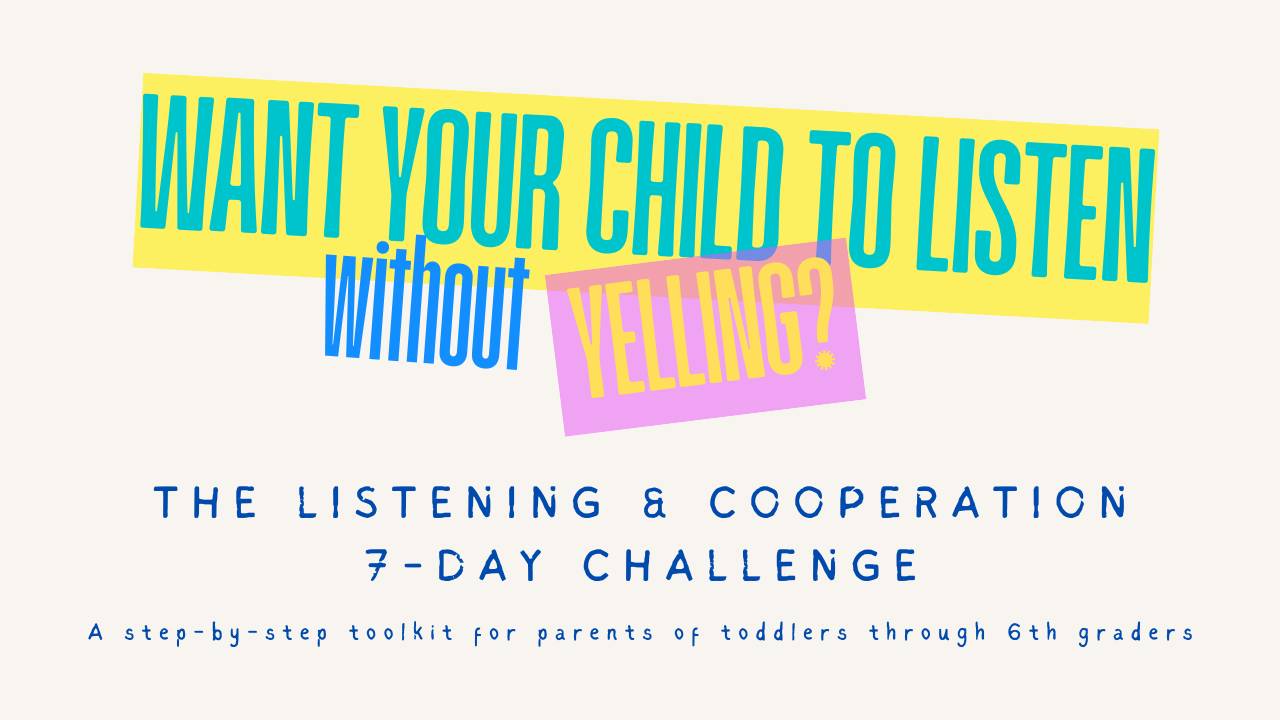Teaching Functionally Equivalent Replacement Behaviors to Young Children
Feb 20, 2024
Understanding and addressing challenging behaviors in young children involves recognizing that these behaviors often serve as communication tools. In this blog post, we will explore the concept of functionally equivalent replacement behaviors and provide parents and teachers with a step-by-step guide on how to teach children more appropriate ways to express their wants and needs.
The Why: "Children who do not yet have appropriate ways to ask for their wants/needs, will use other behaviors as communication."
Challenging behaviors can arise from a lack of appropriate communication skills. When children haven't yet developed effective ways to express their desires or needs, they may resort to alternative behaviors to convey their messages. Teaching functionally equivalent replacement behaviors becomes crucial in empowering children to communicate in a more constructive manner.
Step 1: Identify the Challenging Behavior
The first step is recognizing the challenging behavior you want to address. Whether it's screaming, hitting, or ripping up a worksheet, clearly defining the behavior in a way that is objective and measurable, is essential for developing a targeted approach.
Step 2: Understand the Function
Explore the function or purpose the challenging behavior serves. Is the child seeking attention, avoiding a task, attempting to access a favorite toy, or enjoying the sensory experience? Identifying the function guides the development of a replacement behavior that serves the same purpose more effectively.
Step 3: Select a Functionally Equivalent Replacement Behavior
Choose a replacement behavior that serves the same function as the challenging behavior but is more socially acceptable. For example, if a child hits to gain attention, a functionally equivalent replacement behavior could be asking for attention verbally or through a gesture.
Step 4: Teach and Model the Replacement Behavior
Demonstrate the replacement behavior and provide clear instructions on how to use it appropriately. Model the behavior consistently, encouraging the child to observe and imitate the new, more effective way of communication.
Step 5: Reinforce and Encourage
Reinforce the use of the replacement behavior with positive reinforcement. Praise, acknowledgment, and rewards can motivate the child to continue using the functional replacement behavior. Consistency in reinforcement is key to promoting lasting change.
Step 6: Provide Support and Patience
Be patient and supportive as the child learns and practices the replacement behavior. Offer assistance when needed and create a supportive environment that encourages positive communication.
Step 7: Generalize the Replacement Behavior
Encourage the child to apply the replacement behavior in various settings and situations. Generalization ensures that the new skill becomes an integral part of their communication toolkit.
Teaching functionally equivalent replacement behaviors is a transformative approach to addressing challenging behaviors in young children. By understanding the purpose behind challenging behaviors, selecting appropriate replacements, and consistently reinforcing positive communication, parents and teachers can empower children to express their wants and needs in more socially acceptable ways. Embrace the journey of communication development, celebrate progress, and watch as your child flourishes with newfound communication skills.
UNLOCK YOUR FREE TOOLKIT NOW: ENHANCE YOUR CHILD'S PLAY & LANGUAGE SKILLS TODAY!
Simply enter your email address to get instant access.


